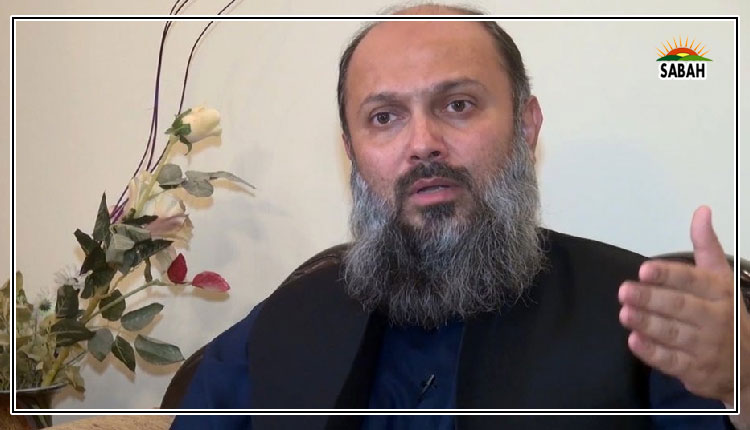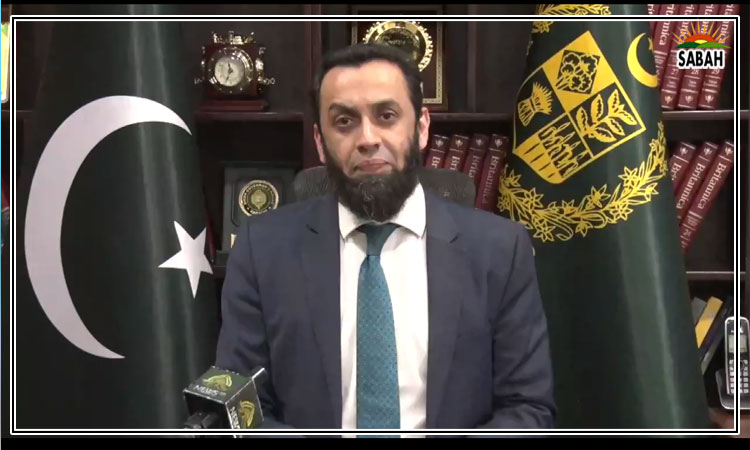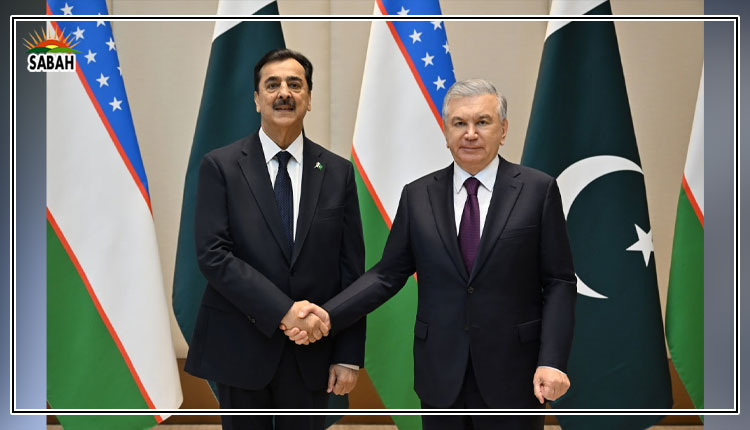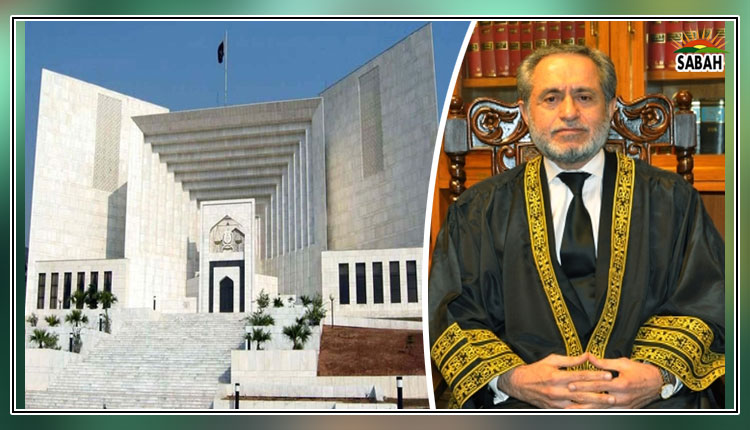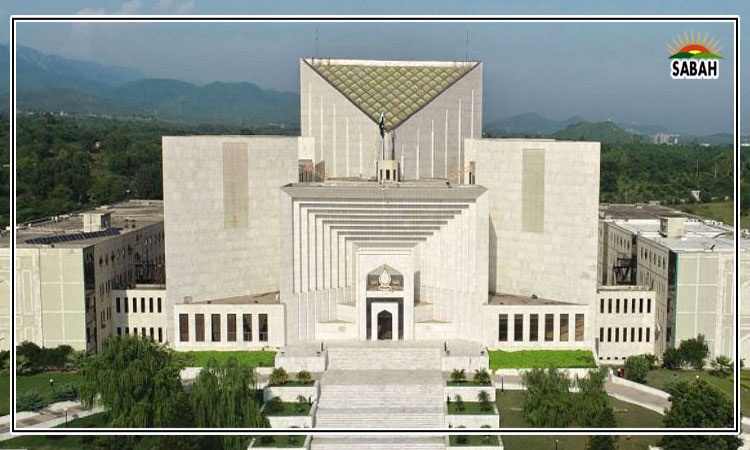Policing climate change…Ali Tauqeer Sheikh
ISLAMABAD Police have recently been given horses to patrol the walking track on Margalla Hills National Park. The Motorway Police have been given new automobiles and laser guns to monitor speeding. The police have been provided with the latest technology for safe cities and digitalising crime investigations, a few bicycles for patrolling certain parks and motorbikes for female officers to promote gender equity. All these endeavours are aimed at improving public safety and service delivery.
Can the police be resourced to improve public safety in Karachi during recurrent urban floods, bouts of heatwaves in Jacobabad, droughts in Zhob, air pollution in Lahore, cloud outbursts in Nowshera, or glacial lake outburst floods in Hunza? Because of the frequent incidence of extreme weather events, we need to rely on, first and foremost, police and other law-enforcement agencies (LEAs) as first responders.
Climate change has significantly impacted law enforcement and policing functions. It has led to the need for enhanced policing capabilities. The police are increasingly required to perform roles that are distinct from their typical daily duties when responding to climate-induced disasters. The increasing temperatures and rainfall trends demand a rethink of approaches to internal security, with an emphasis on preventive rather than reactive strategies. Can we consider streamlining these functions, without converting the country into a police state?
The police department and other LEAs have thus far paid little attention to their role in climate disasters. There are substantial problems associated with responses to climate-induced disasters involving other emergency responders, communities, and other stakeholders who have a role to play. Resilience policing in Pakistan will need a new approach and a non-colonial mindset to prepare for and perform duties during climate disasters. Elsewhere in the world, it is often linked to community-managed policing models, and building networks within communities prior to disasters.
Recent police engagements during the unfolding climate crises in Pakistan can be classified in four main categories: a) supporting the local administration in responding to the increasing frequency of climate disasters such as floods, heatwaves, droughts, landslides and snowstorms; b) assisting the government in enforcing environment and climate-related laws by coordinating with the concerned departments; c) managing changes in the incidence and types of crimes, due to large-scale climate-induced disasters; and d) responding to land mafias and criminal groups that cause environmental damage by illegally exploiting public goods and natural resources such as communal lands, forests, parks, riverbanks and sand-mining in riverbeds and mining and stone-crushing in mountains.
The police have several functions in climate disasters and are expected to take a lead role in ensuring a safe and secure environment. They are responsible for public safety when extreme weather strikes.
The police cannot match the militarys ability to rapidly mobilise and undertake high visibility and important missions and operations, but they are often charged with running evacuations, retrieving people left behind in floods, facilitating IDPs/climate refugees, and maintaining order in disaster zones. Officials often rely on the police to facilitate search-and-rescue operations, manage relief and resettlement operations and maintain public safety.
An unending chain of disasters in the country has put additional responsibilities on the LEAs in aid of the civil administration. The police may not have sufficient resources, equipment or training, but are routinely called upon to help in climate-induced disasters. Their range of duties may extend from facilitating food supplies, maintaining law and order in temporary shelters and undertaking rescue missions in snowstorms, to managing traffic during extreme weather events.
Police are called upon to assist in crisis management and to address crimes that occur during or after these events as well as riots and law-and-order situations resulting from reduced food and medical supplies. They have an increasingly important leadership role and responsibility in managing climate-triggered crises.
Environmental crimes are illicit activities that violate national and provincial laws. The nexus between climate change and crime is redefining the countrys criminal landscape. In Pakistan, environmental crimes have become one of the fastest-growing types of organised crime.
They include several pollution-related crimes such as dumping hazardous waste into the waterways and releasing pollutants into the air, smuggling ozone-depleting substances, carrying on with wildlife trade, poaching, illegal logging, deforestation and transboundary trade in timber.
Most of these issues are tackled by the concerned departments but they often need support from police and other law-enforcement services. How can the police support the departments actions to protect the environment from criminal activity if they are not sensitised, trained and equipped with SOPs and the necessary regulations?
The exploitation of public goods by criminal groups causes environmental harm and adds to vulnerability. In some conflict-affected areas of Pakistan, it serves as a source of financing for non-state armed groups, and LEAs do not always have the will or the capacity to investigate and dismantle criminal networks that involve environmental crimes.
The use of technology is linked to strategy development and organisation-wide changes within the police department that can help them better prepare for climate impacts. The starting point is strategy and internal restructuring, not technology acquisition. Procurement is easy, transformation is hard but sustainable.
The police department, for example, already has several specialised units. It is imperative for police to set up a specialised arm on their role in climate threats and disasters. Establishing internal institutional structures, specialisations, and promotion criteria, and developing SOPs for various types of policing functions in disasters, can serve as a precursor to staff capacity-building and police force sensitisation.
Emergency management services will, of course, need to be equipped with the appropriate tools. In the absence of local government that is still not in place in most parts of the country, it will require coordination with the local administration.
Police functions are in support of civic functions and are best delivered together with community and volunteer groups. Unending reliance on the military for emergency services is the sign of an ailing if not failing society. Law-enforcement institutions need not be disproportionately weak and in disarray. After all, the police have an important role to play in managing the human security impacts of climate disasters.
Courtesy Dawn



